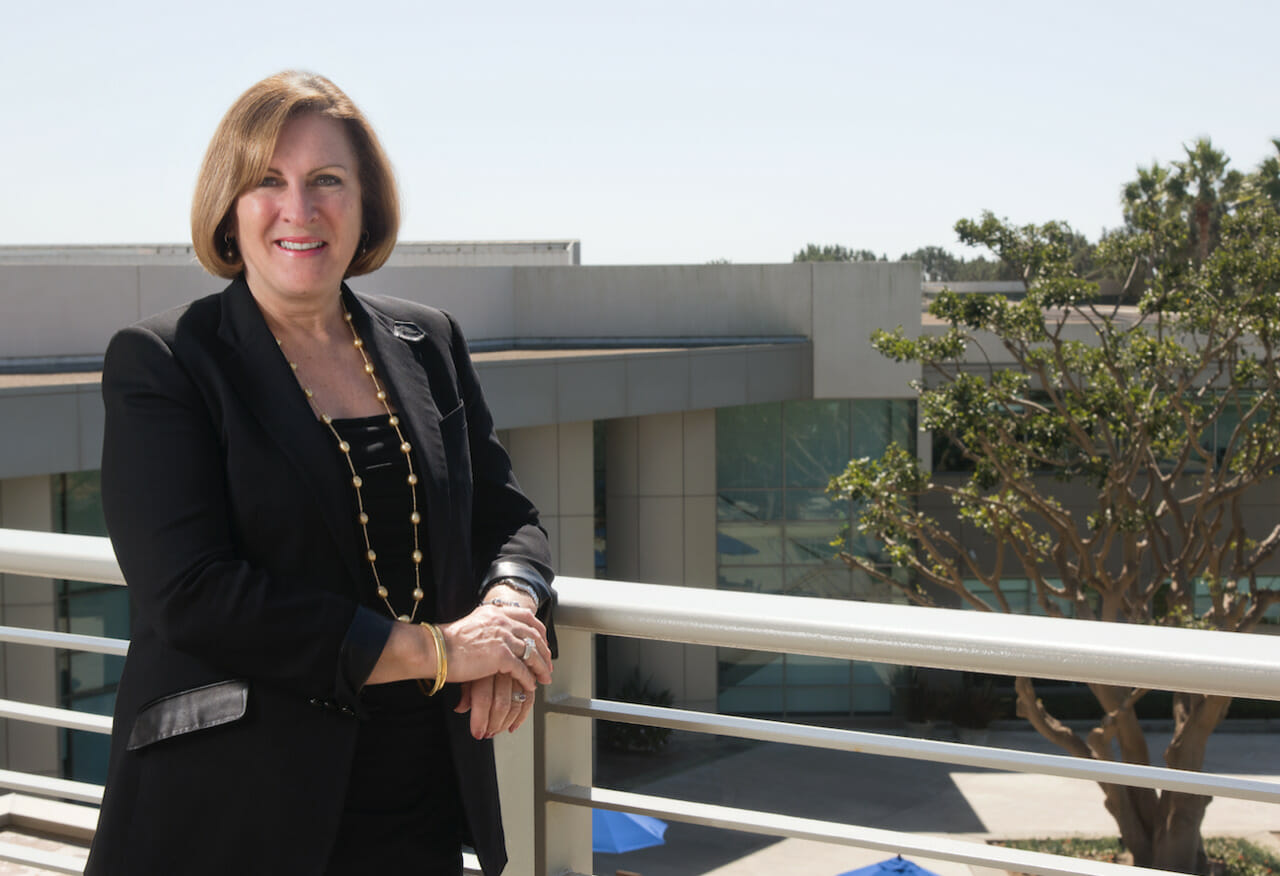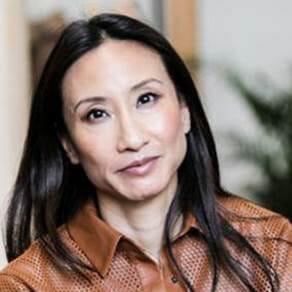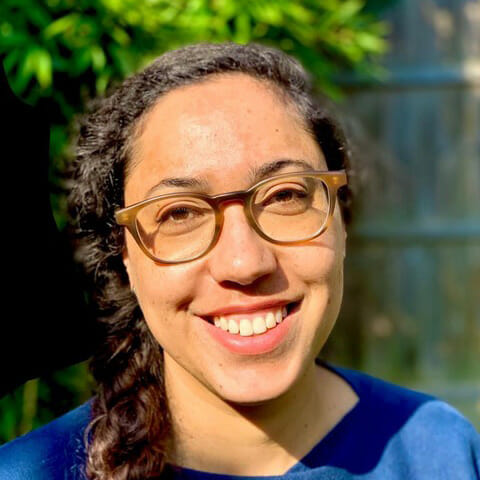The Importance of Diversity and Design
Industry experts agree that nurturing diversity in jewelry design will attract a broader consumer base.

CIBJO, the World Jewelley Confederation, gathered June 4th for its Jewellery Industry Voice webinar. Sponsored by the Natural Diamond Council (NDC), the panel agreed that the growing move to embrace diversity presents an incredible opportunity for retail jewelers.
The panel discussed how identifying systemic barriers to entry into the fine jewelry industry—and helping to support a more diverse range of jewelry designers in overcoming them—will help attract a wider consumer audience for fine jewelry.
Titled “Diversity & Design,” the conversation featured three jewelry designers: the London-based Melanie Eddy, and, from the United States, Constance Polamalu of Annapolis, Maryland and Marvin Linares from Los Angeles, California. It also included industry gatekeepers dedicated to developing a more diverse jewelry trade: Susan Jacques, President and CEO of the Gemological Institute of America (GIA), and Elizabeth von der Goltz, Chief Commercial Officer at online fashion retailer MATCHESFASHION.

Polamalu and Linares are two of the initial six designers selected for NDC’s Emerging Designers Diamond Initiative (EDDI). The program, supported by Lorraine Schwartz and open to jewelry designers who identify as Black, Indigenous, or People of Colour (BIPOC), aims to support BIPOC designers in the fine jewelry industry.
NDC’s CEO, David Kellie, welcomed webinar attendees: “At the heart of it we are a creative industry. We are inspiring consumers, and at the heart of that is inspiring young talented designers to enter the jewelry industry.”
But, Kellie admitted there are real structural barriers that need to be traversed by young jewelry designers starting a career. It is an industry still based largely on trust and reputation, and large up-front costs of working with precious metals and gemstones prevent many from gaining a foothold if they don’t have access to family backing, network connections, or other means of financial security.
“If we don’t support new talent to enter the industry, we are holding back our industry from developing,” Kellie added.
Jacques, who, prior to her role with GIA led jewelry retailer Borsheim’s Fine Jewelry & Gifts in Omaha, Nebraska, noted that traditional jewelry retail has changed and some remarkable trends are coming out of the pandemic.
“Individualization and emotional purchases full of meaning are important parts of the future for the jewelry industry,” Jacques said. The industry needs to reflect society, she added, and needs to remain relevant to modern, diverse consumers who expect retailers to offer a product range they can connect to.
Eddy, who originally hails from Bermuda, stressed that social equality is an important part of the discussion. To see real change, she said, we need to acknowledge that the industry does not operate on a level playing field. “We need to really look at what designers need for them to fully engage,” she stated.
She noted the important initiatives that have begun to address the barriers to entry, and how they will ultimately help to broaden design boundaries. But they also should not define those who benefit from them. “We don’t want to be siloed and set apart; we want to be celebrated for our successes and excellence. We want our presence and faces to be normalized. That’s about changing the perceptions of the industry and perceptions about who jewelers are,” said Eddy.
Linares felt he had had to work extra hard just to get to the starting line with his brand Marvin Douglas Jewelry. “There are so many talented people in the industry, but there is a void for people who look like me. Can you name another Latin fine jewelry designer?” he asked. “It’s hard and you have to think, and if you have to think that’s a problem.”


Polamalu is launching a new brand, Birthright Foundry, inspired by her Polynesian heritage. “My heritage is a part of who I am and informs an opportunity for me to do things I have not seen done before,” she said.
“Hopefully, generations from now, if someone sees one of my pieces, they may not recognize the cultural significance of it. But they will recognize that it is made with premium materials and therefore has value to someone and hopefully that will spark questions: Where did this come from? Why is it important?” Polamalu said.
For von der Goltz, the business case for increased diversity and inclusion is clear. “As a digital business we have a very wide global audience. You want to make sure your customer, whoever and wherever they are, can relate to you, and that you are representing who they are,” she said.


Discovery of a diverse new talent base fits into that model. MATCHESFASHION has committed to working with designers from diverse backgrounds, and runs programs for them that focus on mentorship and education.
Jacques urged the jewelry industry to remain relevant to their customers by having and training a more diverse staff at the retail counter. This, she argued, will support development of the jewelry industry by attracting a more diverse clientele. And CIBJO’s President, Gaetano Cavalieri, urged young designers to have confidence and trust themselves. “Those who have talent, study and work hard, will succeed. Capacity and skill will lead to success,” he said.
CIBJO’s Jewellery Industry Voices webinars run each month, and details and full recordings can be found at www.cibjo.org/webinars.
The NDC’s Emerging Designers Diamond Initiative is accepting applications now through July 15th for the fall program. Link to application HERE.
